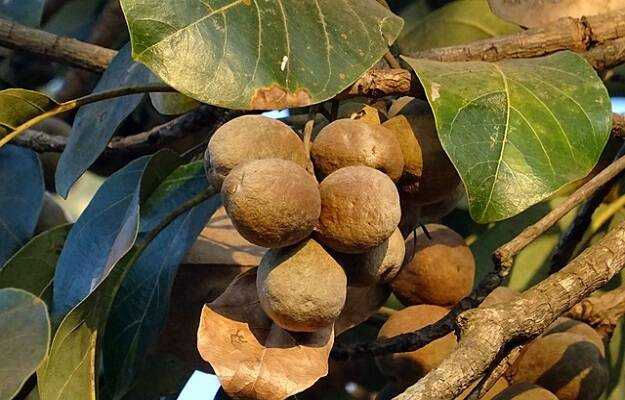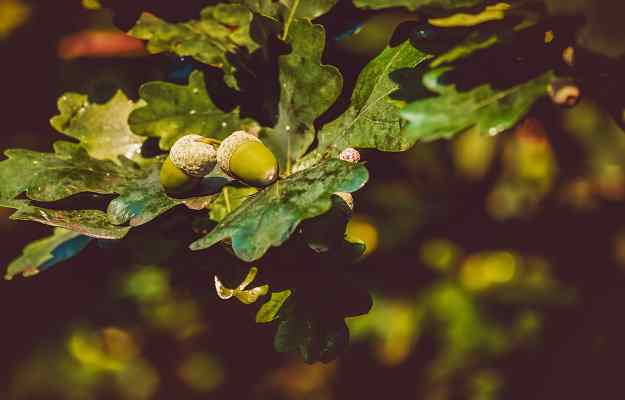Baheda is one of the most common Ayurvedic herbs known to almost every other household in India. The herb has been in use for centuries for the treatment and management of various health conditions ranging from constipation and diarrhoea to fever and indigestion.
Baheda is loaded with active biological compounds that provide it antimicrobial, antioxidant and immunological properties. Interestingly, the Sanskrit name of this herb, Vibhitaki, translates to ‘fearless’, which is said to mean that it takes away the fear of disease.
Did you know?
Baheda is one of the three main ingredients in the famous Ayurvedic formulation Triphala; the other two being amla and harad. Ayurvedic experts say that Triphala has five (out of six) rasas or tastes and is helpful in balancing all three doshas namely vata, pitta and kapha. It is known to be helpful in promoting weight loss, management of abdominal pain, constipation, and bloating and helping maintain blood sugar levels. Triphala also possesses antibacterial and antioxidant properties.
Read on to know all about baheda, including the health benefits and side effects of this herb, ways to identify and use it and the right dosage as suggested by experts.
Some facts about baheda:
- Botanical name: Terminalia bellirica
- Family: Combretaceae
- Parts used: Whole plant
- English name: Beleric Myrobalan
- Sanskrit name: Aksa, Bibhitaki, Vibhita, Aksaka, Vibhitaki
- Geographical distribution: Baheda is found throughout the Indian subcontinent including India, Sri Lanka, Bhutan, Bangladesh, Pakistan and Nepal. It is also found in China, Indonesia, Malaysia, Cambodia and Vietnam. Punjab, Maharashtra, Uttar Pradesh and Madhya Pradesh are some states in India where baheda is commonly found.























